Zi Xian 字 閒 (The Hanzi Space)
Year | 2017-18; 2019
Type | paper sculpture, language miniature of spatial-cultural research
Location | futuristic space within Han characters
Material | paper in kinds, metal, light & shadow
Invited exhibition under theme ‘Liquid’ in Motel Mozaïque Festival 2019, Theatre Rotterdam Schouwburg
Exhibited in MIARD 2018 Graduation Show, Rotterdam
Type | paper sculpture, language miniature of spatial-cultural research
Location | futuristic space within Han characters
Material | paper in kinds, metal, light & shadow
Invited exhibition under theme ‘Liquid’ in Motel Mozaïque Festival 2019, Theatre Rotterdam Schouwburg
Exhibited in MIARD 2018 Graduation Show, Rotterdam
“... It is both social and universal. The physical experience brings back our awareness and sensibility [...] I can imagine this work presents on a boulevard, extends endlessly.”
_quoted review by Ka-Tjun Hau, Amsterdams Fonds voor de Kunst.
_quoted review by Ka-Tjun Hau, Amsterdams Fonds voor de Kunst.
The project is a research about the Han character xian 閒 (space, room, moment), related to both space and time. Inspired by the spatial-visual formulating principles of xian, it practices a new, universal architectural approach to realizing ideas from visual culture to spatial perception.
This delicately crafted space also investigates the intimate relationships among maker, materials, space and visitors. It realizes the sensibility of the author’s Asian culture in a contemporary spatial project.
This delicately crafted space also investigates the intimate relationships among maker, materials, space and visitors. It realizes the sensibility of the author’s Asian culture in a contemporary spatial project.
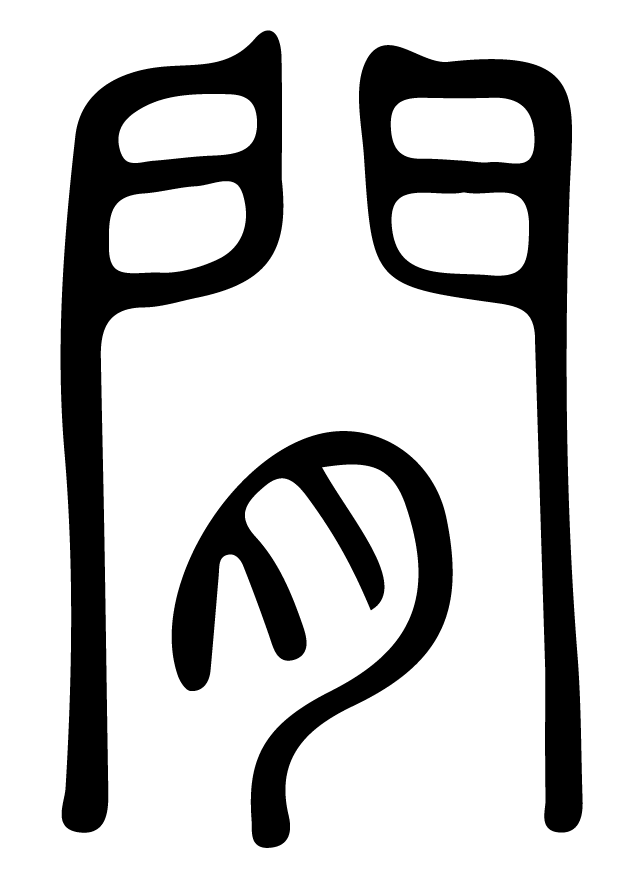



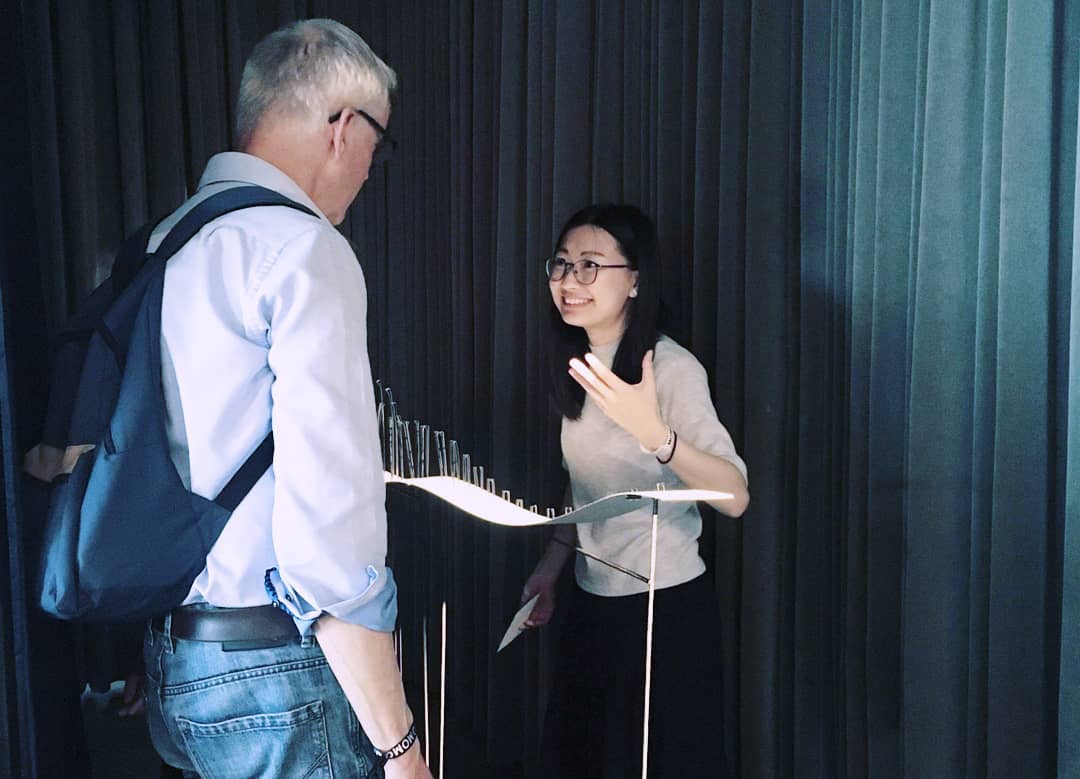
(above) the latest presentation in April during Motel Mozaique Festival 2019, Theatre Rotterdam Schouwburg.
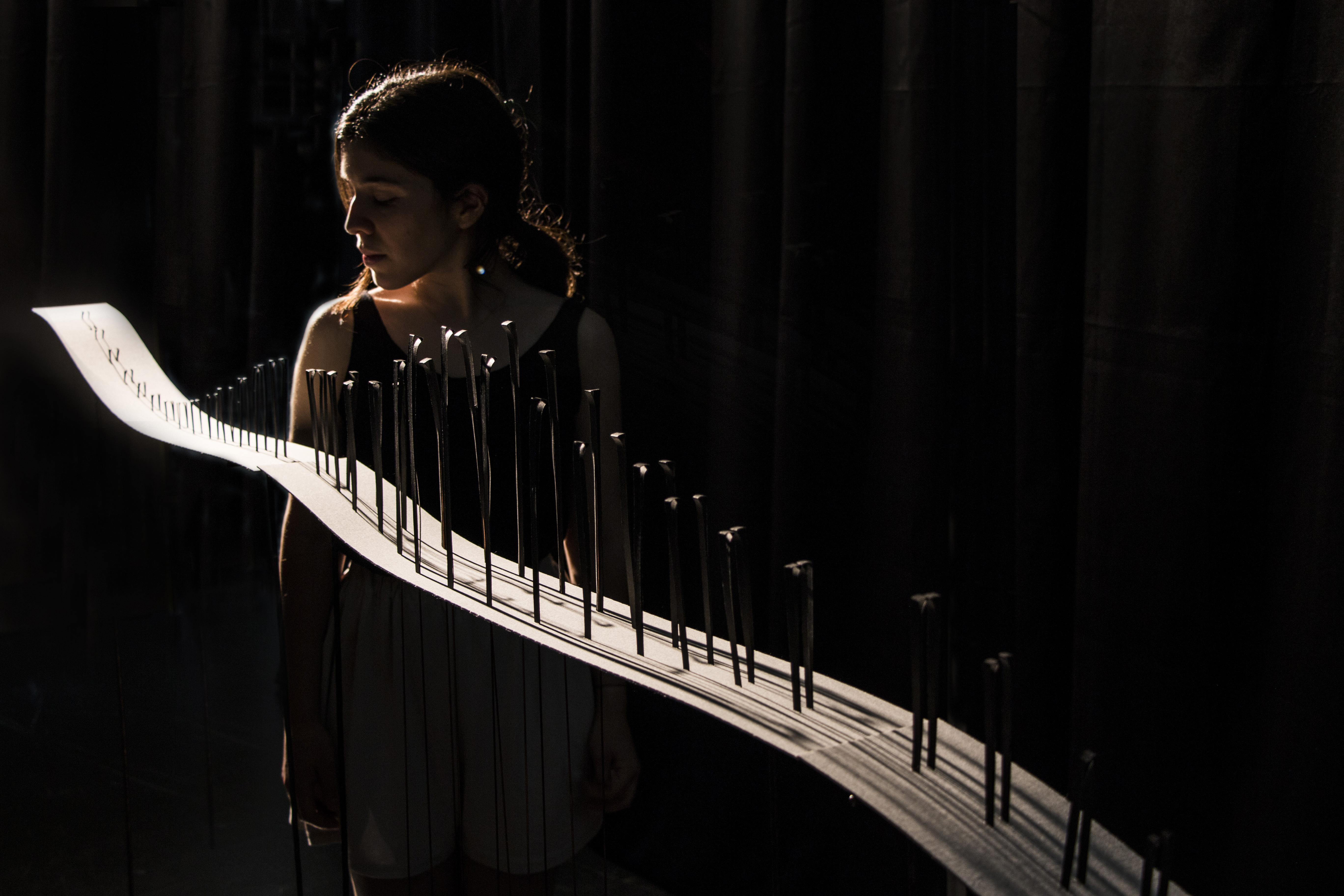
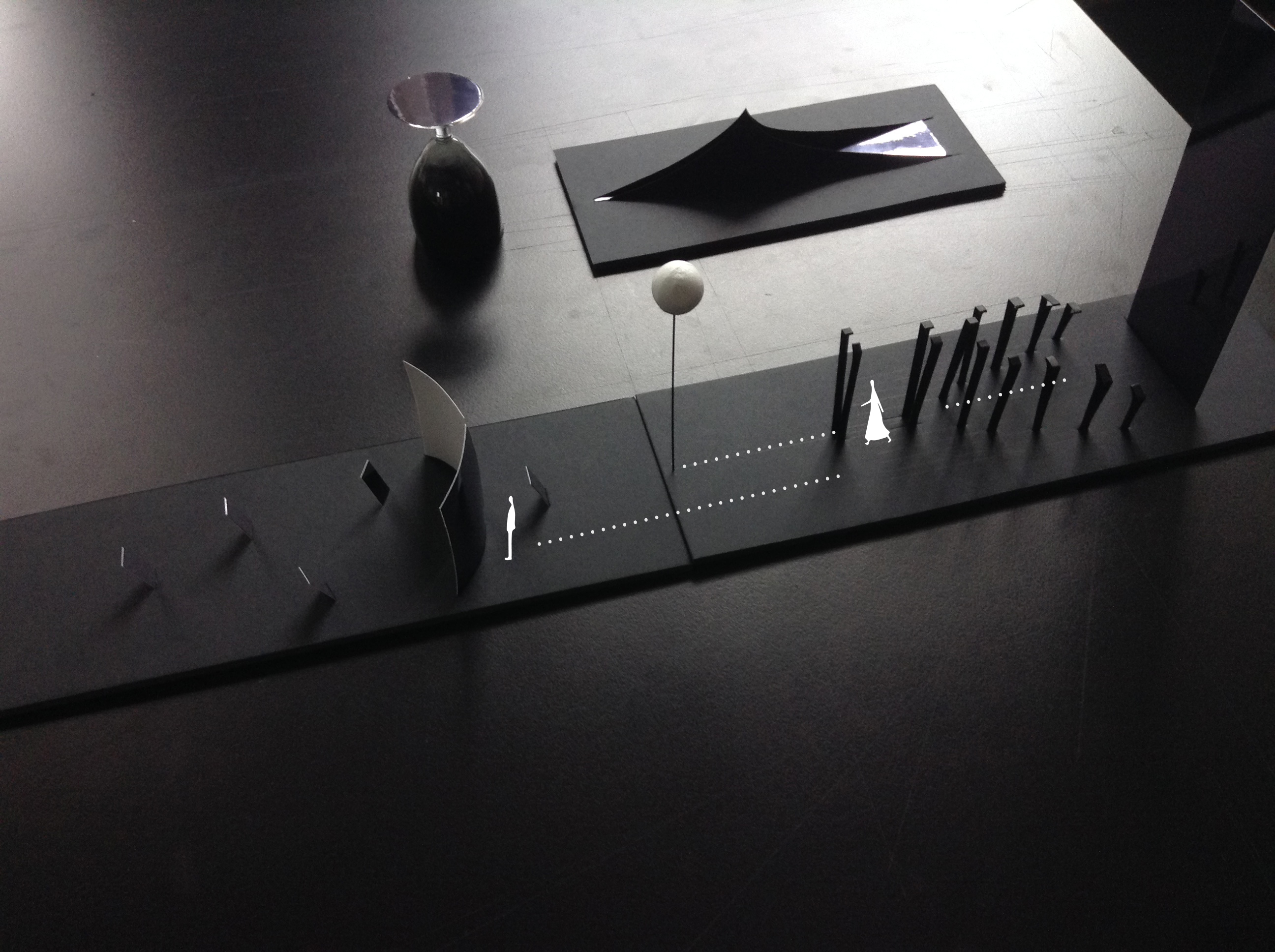
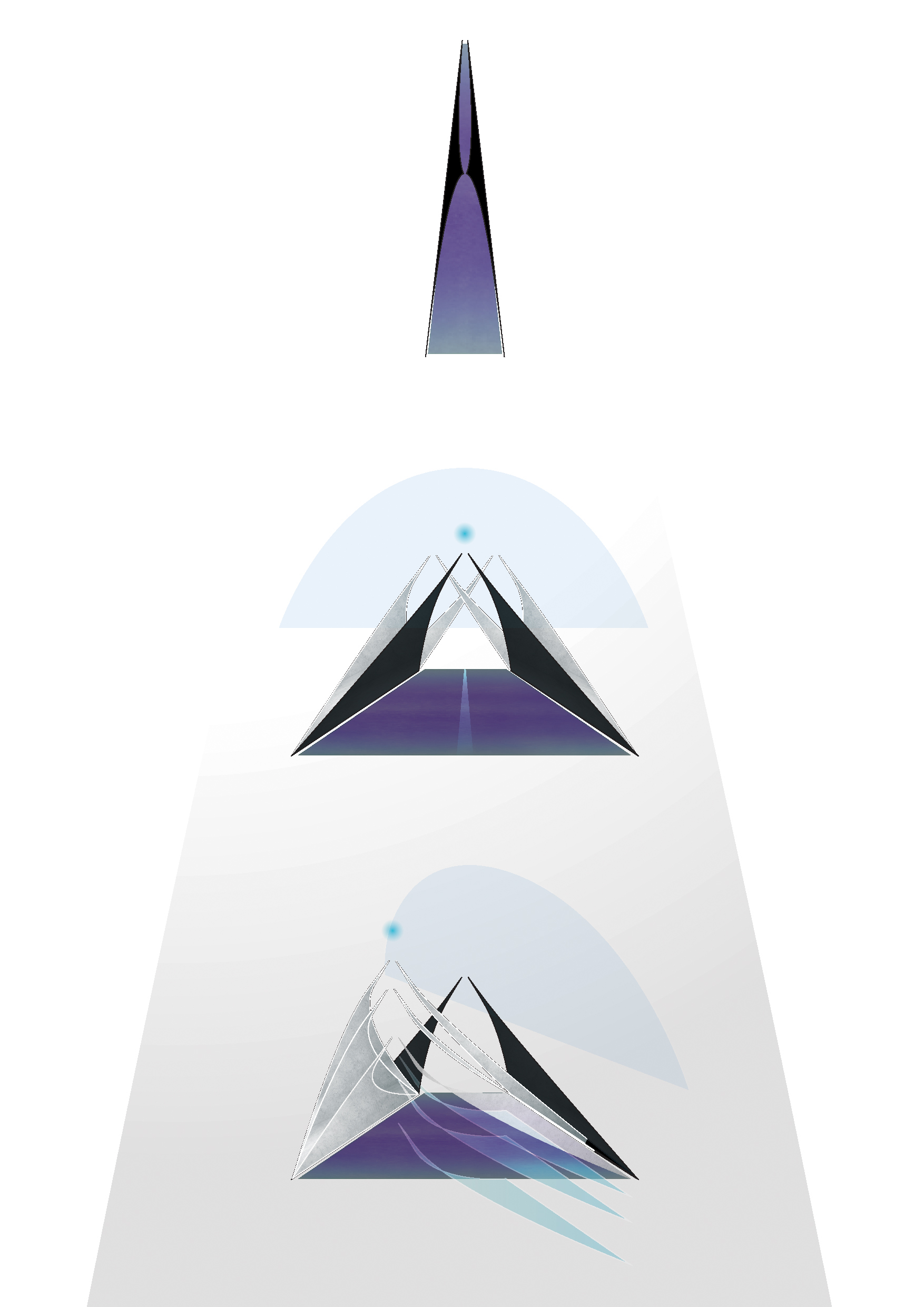
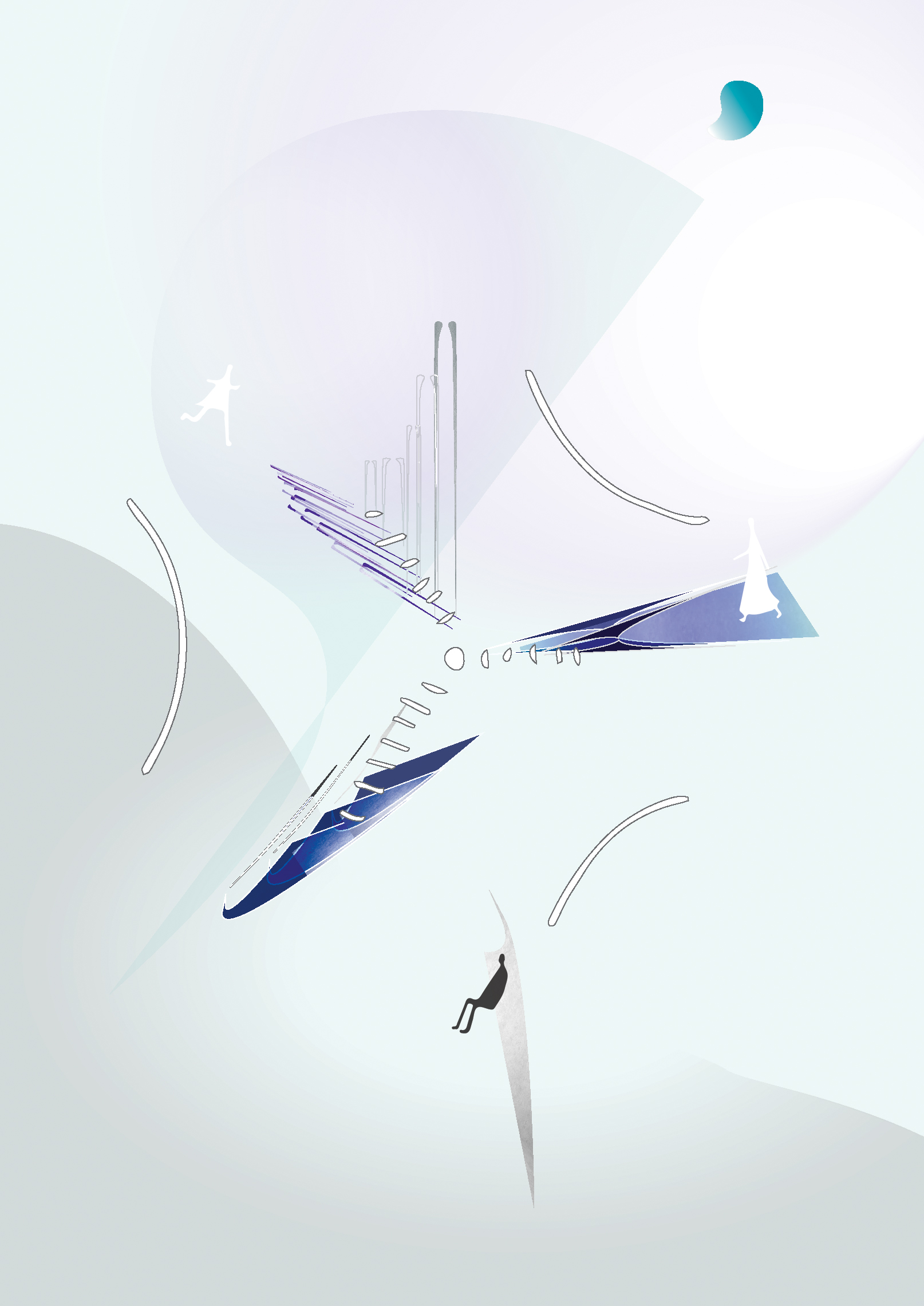
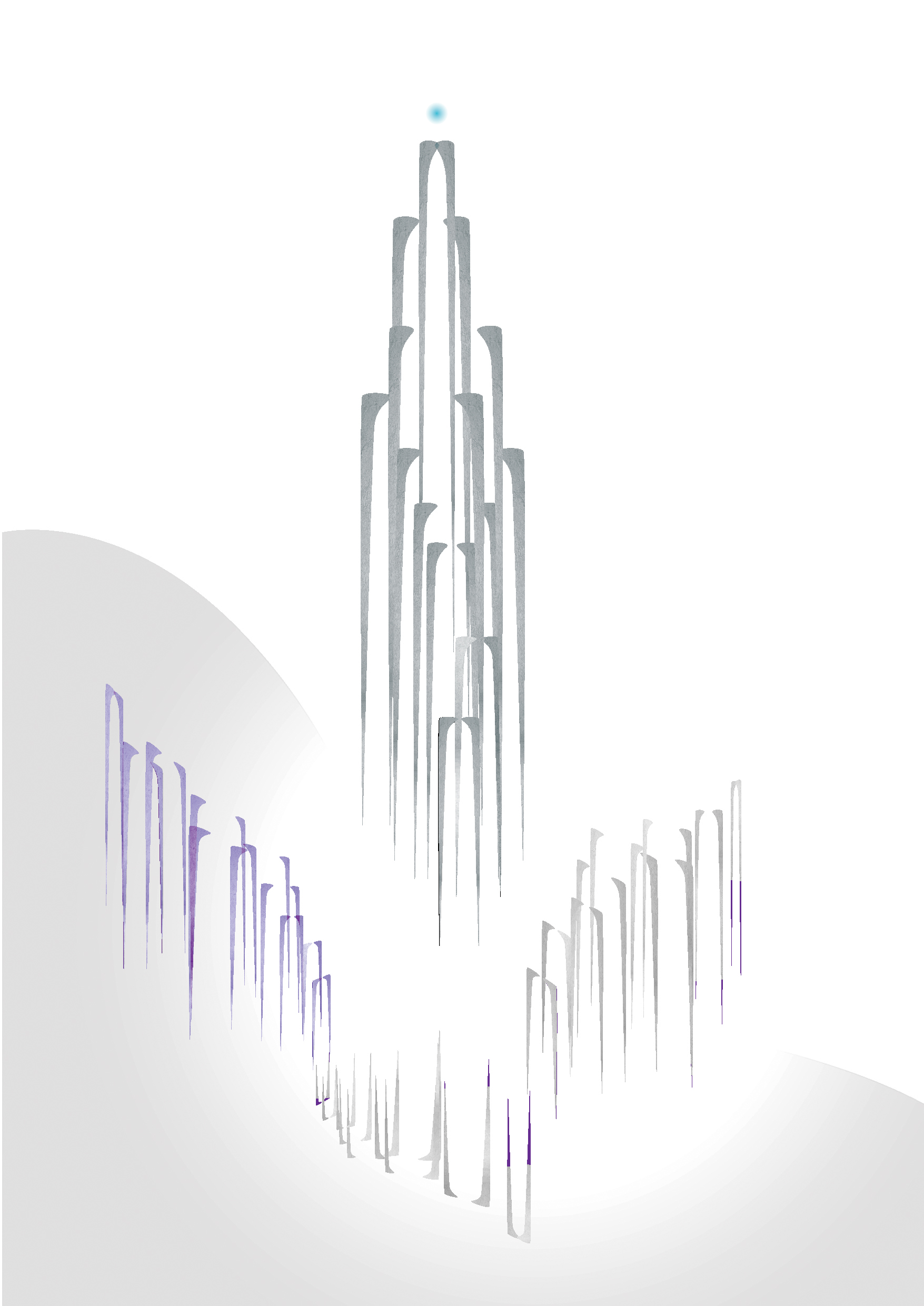
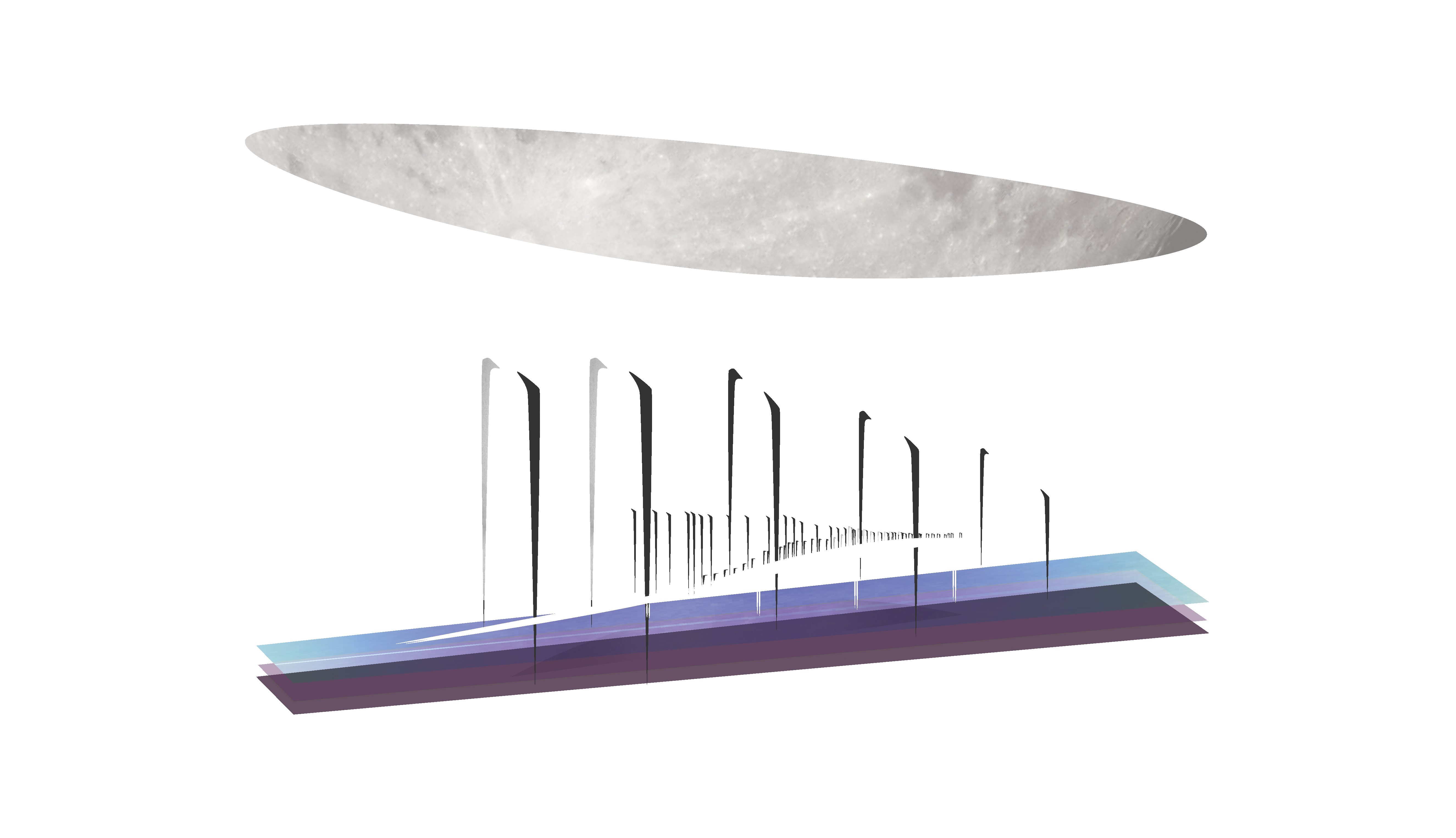

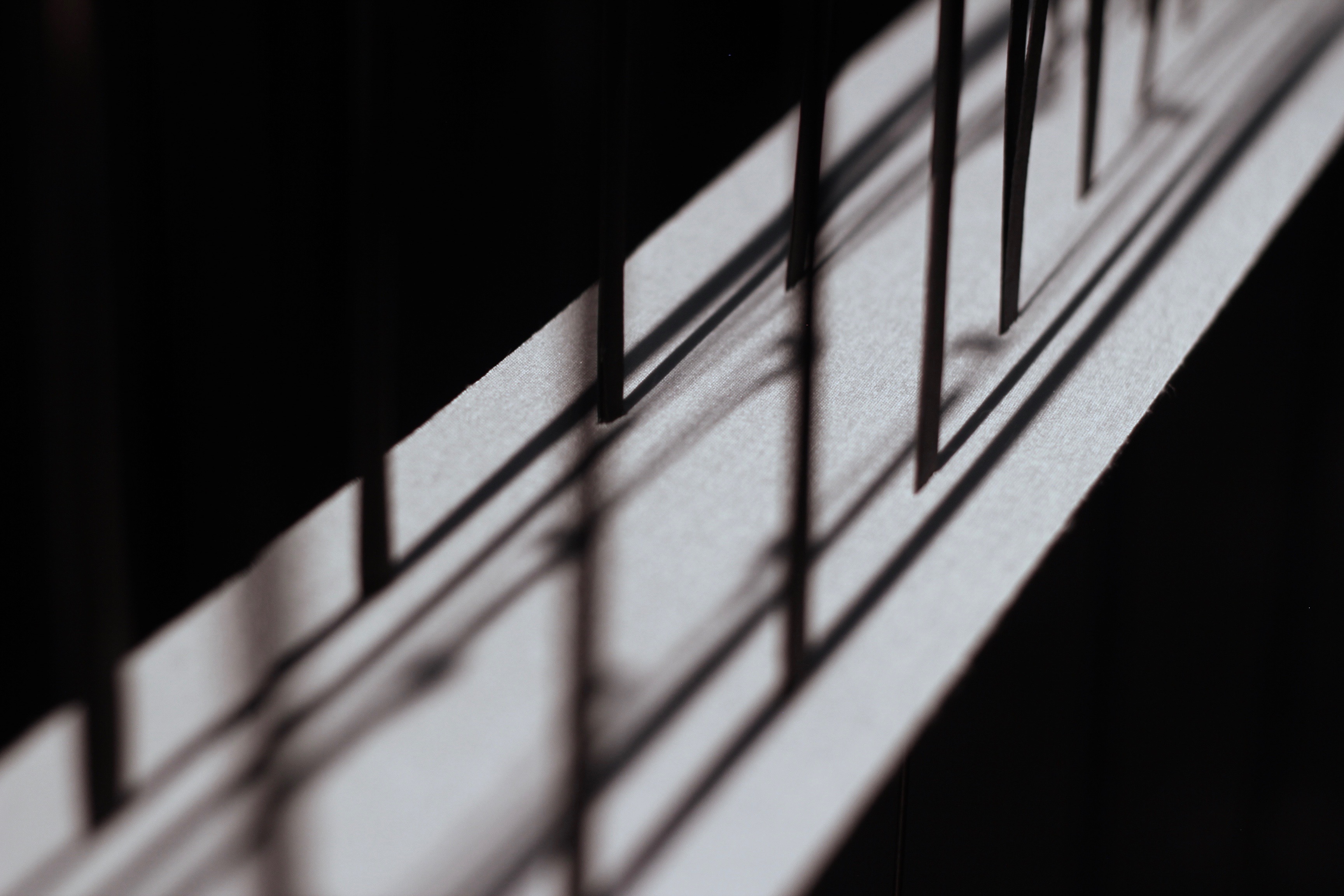
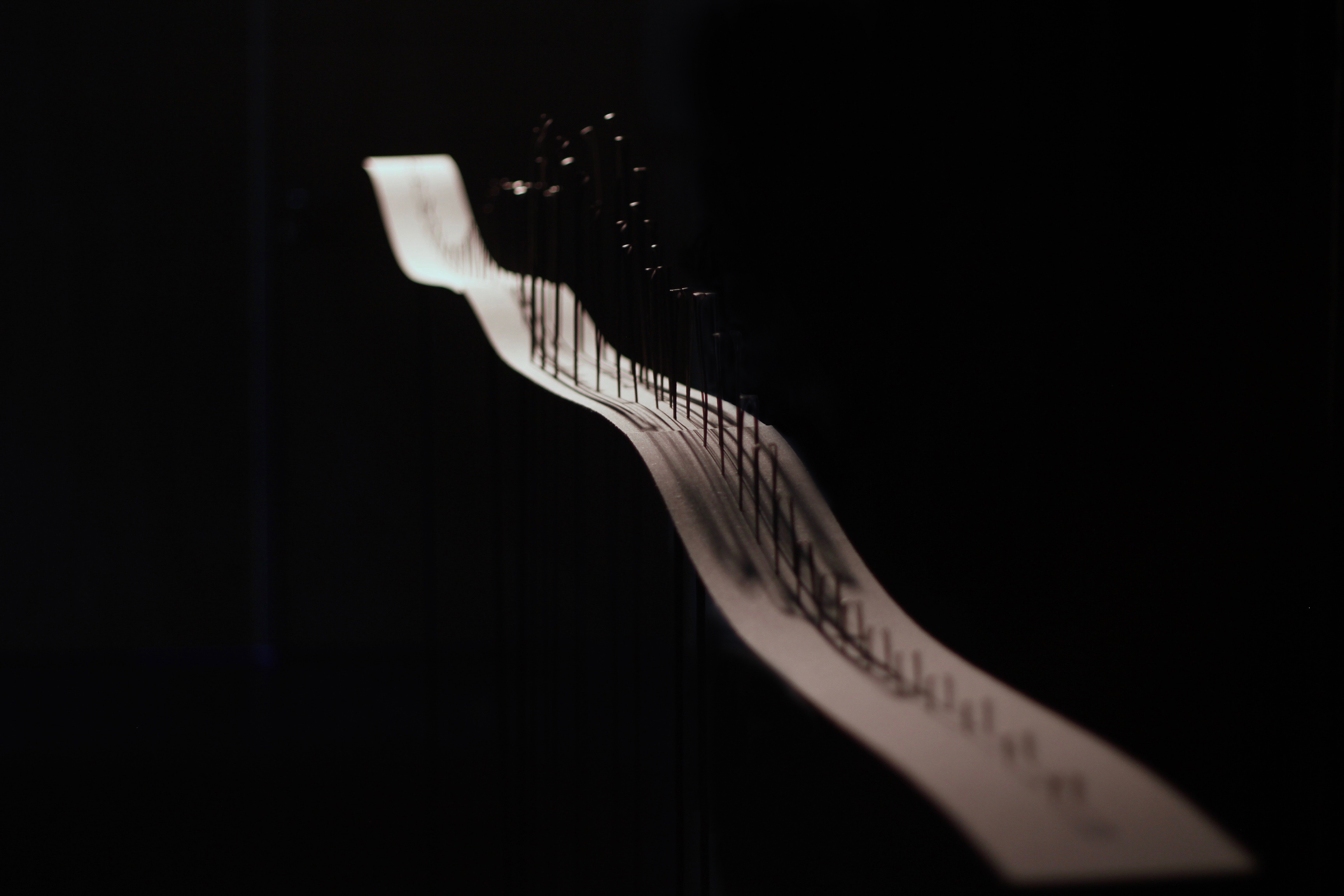


(below) research process
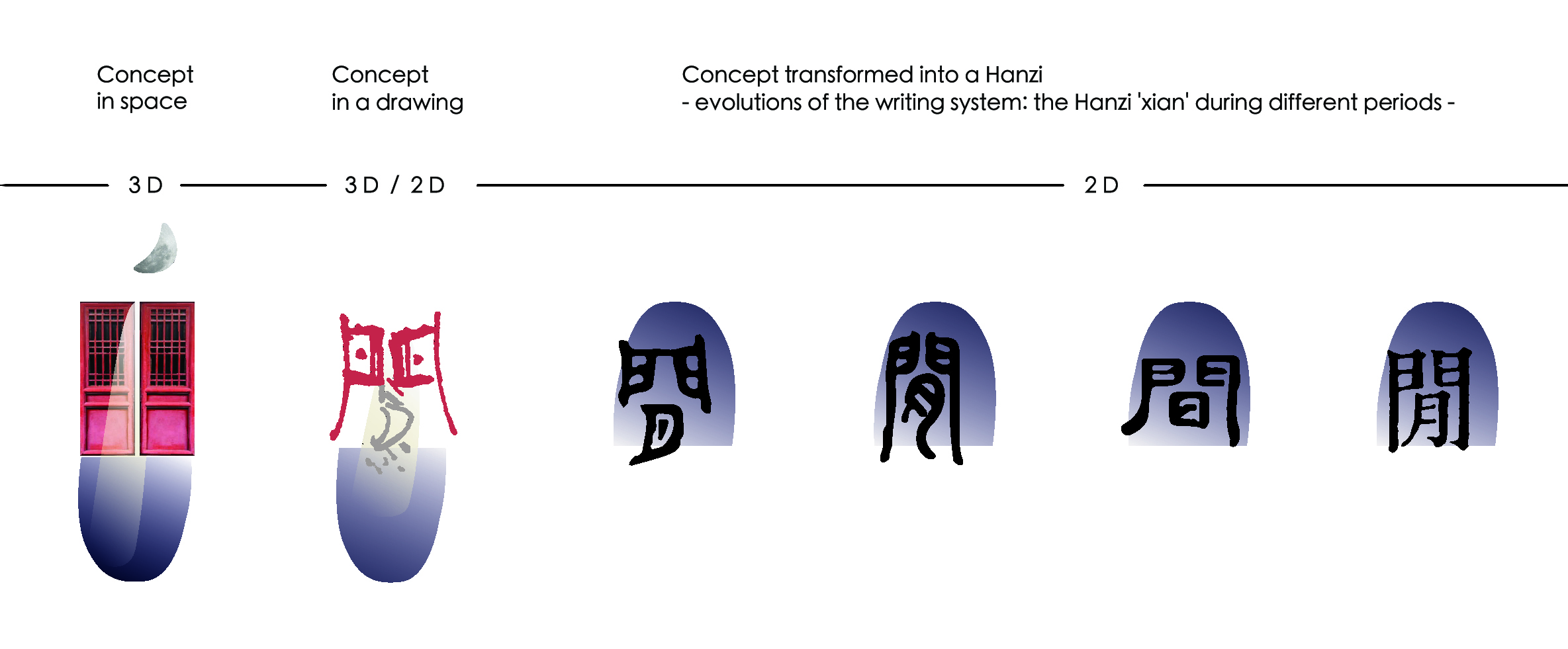
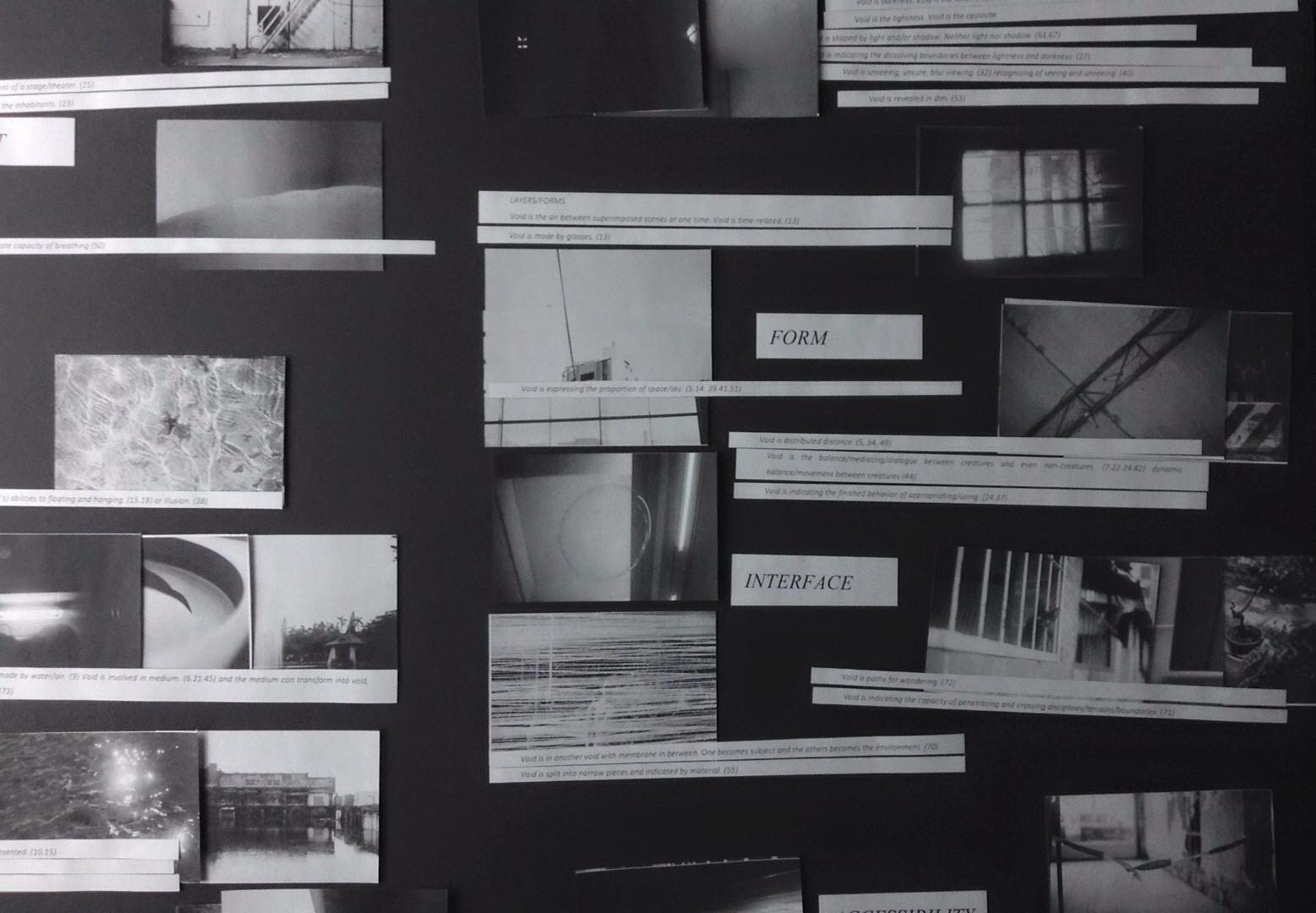
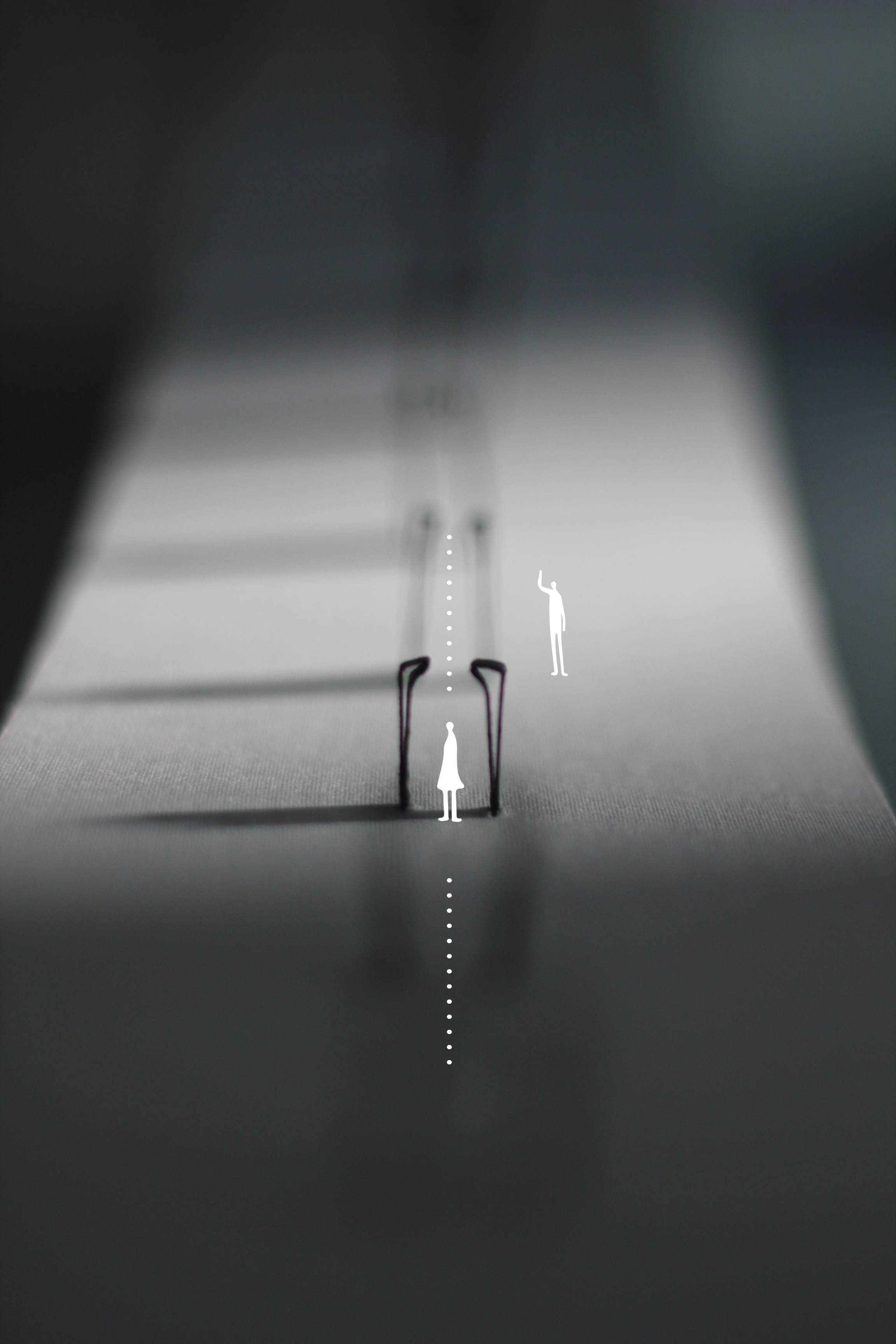


© SZU-YI WANG. 2022